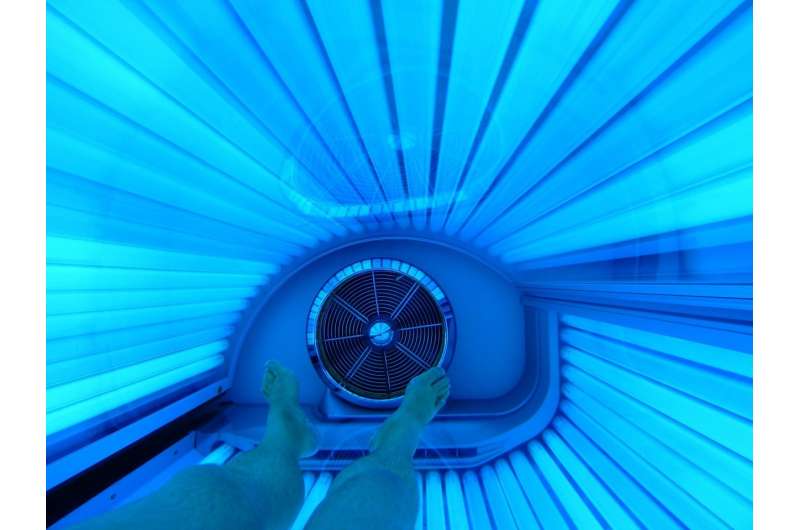Standardizing Disposable Vape Devices Could Reduce Appeal Among Youth

Research indicates that standardizing the design of disposable vape devices can significantly reduce their appeal to young people, potentially curbing vaping initiation among youth. However, implications for smoking cessation efforts need careful consideration.
A recent comparative study suggests that implementing standardized design and appearance for disposable vaping devices may effectively decrease their attractiveness to young people, potentially discouraging initial experimentation. The research, published in the journal Tobacco Control, analyzed responses from over 15,000 young individuals aged 16 to 29 across England, Canada, and the US. Participants were shown images of either branded or standardized, plain white disposable vapes and asked about their interest in trying these products and their perceptions of harm.
Results indicated that standardization led to a higher percentage of young people expressing no interest in trying the devices. Specifically, 67% of respondents shown standardized vapes reported no interest, compared to 63% in the branded group. The most significant effects were seen among those who had previously smoked but not vaped, with 47.5% showing no interest in standardized vapes compared to 37.5% for branded ones. Among non-smokers and those who never vaped, over 93% of the standardized group reported no interest.
Interestingly, the perception of harm was minimally affected by standardization, with around 31-33% perceiving the devices as less harmful than smoking regardless of appearance. The study raises important considerations, noting that while standardizing device appearance may reduce youth appeal, it could also interfere with harm reduction strategies for smokers switching from cigarettes to vaping. Researchers highlight that policy measures, like standardizing device design and packaging, could be employed to discourage vaping initiation among youth, but potential unintended consequences should be carefully evaluated.
The UK government plans to introduce new regulations for vape packaging in early 2024, potentially including standardized device designs. This approach aligns with broader tobacco control efforts aimed at reducing the appeal of nicotine products to minors. However, balancing the reduction in youth initiation with the encouragement for adult smokers to switch remains a critical challenge for policymakers.
For more information, see the original study: Impact of standardising the colour and branding of vape devices on product appeal among young people.
Stay Updated with Mia's Feed
Get the latest health & wellness insights delivered straight to your inbox.
Related Articles
Experts Call for Ban on Commercial Sunbeds in the UK to Combat Skin Cancer Risk
Experts urge the UK to ban commercial sunbeds due to their significant contribution to skin cancer, especially among youth. Despite existing laws, many young people still access these devices, highlighting the need for a comprehensive ban and public education.
New Insights into Bone Repair: Discovering Four Key Subtypes of Skeletal Stem Cells
Recent research uncovers four major subtypes of skeletal stem cells responsible for bone repair, revealing how aging shifts this balance and opening new possibilities for regenerative therapies. Learn how scientists are advancing bone healing and health.
Modernizing Medical Education for the Digital Era: New Strategies for Training Health Professionals
A new study emphasizes the urgent need to modernize healthcare education in Canada, focusing on digital health competencies aligned with the Quintuple Aim to better prepare health professionals for the digital age.
New Insights into Alzheimer's Disease: The Role of Peptide and Blood Protein Interactions in Early Pathology
Recent studies reveal that the interaction between amyloid-beta and fibrinogen contributes to early Alzheimer’s disease pathology by forming resistant blood clots and triggering neuroinflammation. Targeting this complex offers promising new therapeutic avenues.



